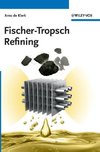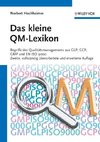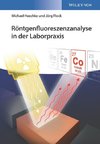
-
 Anglický jazyk
Anglický jazyk
Carbon forms
Autor: Source: Wikipedia
Source: Wikipedia. Pages: 55. Chapters: Carbon, Graphite, Lonsdaleite, Graphene, Activated carbon, Allotropes of carbon, Diamond-like carbon, Charcoal, Soot, Graphite oxide, Tunable nanoporous carbon, Nuclear graphite, Glassy carbon, Carbon nanofoam, Amorphous... Viac o knihe
Na objednávku, dodanie 2-4 týždne
16.54 €
bežná cena: 18.80 €
O knihe
Source: Wikipedia. Pages: 55. Chapters: Carbon, Graphite, Lonsdaleite, Graphene, Activated carbon, Allotropes of carbon, Diamond-like carbon, Charcoal, Soot, Graphite oxide, Tunable nanoporous carbon, Nuclear graphite, Glassy carbon, Carbon nanofoam, Amorphous carbon, Aggregated diamond nanorod, Pyrolytic carbon, Bamboo charcoal, Atomic carbon, Exfoliated graphite nano-platelets, Binchotan, Tricarbon, Colossal carbon tube, Chaoite, Cyclocarbon, Benzotriyne, Kingsford, Carbon film. Excerpt: Graphene is an allotrope of carbon, whose structure is one-atom-thick planar sheets of sp-bonded carbon atoms that are densely packed in a honeycomb crystal lattice. The term graphene was coined as a combination of graphite and the suffix -ene by Hanns-Peter Boehm, who described single-layer carbon foils in 1962. Graphene is most easily visualized as an atomic-scale chicken wire made of carbon atoms and their bonds. The crystalline or "flake" form of graphite consists of many graphene sheets stacked together. The carbon-carbon bond length in graphene is about 0.142 nanometers. Graphene sheets stack to form graphite with an interplanar spacing of 0.335 nm, which means that a stack of three million sheets would be only one millimeter thick. Graphene is the basic structural element of some carbon allotropes including graphite, charcoal, carbon nanotubes and fullerenes. It can also be considered as an indefinitely large aromatic molecule, the limiting case of the family of flat polycyclic aromatic hydrocarbons. The Nobel Prize in Physics for 2010 was awarded to Andre Geim and Konstantin Novoselov "for groundbreaking experiments regarding the two-dimensional material graphene". One definition given in a recent review on graphene is: Graphene is a flat monolayer of carbon atoms tightly packed into a two-dimensional (2D) honeycomb lattice, and is a basic building block for graphitic materials of all other dimensionalities. It can be wrapped up into 0D fullerenes, rolled into 1D nanotubes or stacked into 3D graphite. A previous definition is: A single carbon layer of the graphitic structure can be considered as the final member of the series naphthalene, anthracene, coronene, etc. and the term graphene should therefore be used to designate the individual carbon layers in graphite intercalation compounds. Use of the term "graphene layer" is also considered for the general terminology of carbons. The IUPAC compendium of technology states: "previously, descriptions such as gra
- Vydavateľstvo: Books LLC, Reference Series
- Rok vydania: 2015
- Formát: Paperback
- Rozmer: 246 x 189 mm
- Jazyk: Anglický jazyk
- ISBN: 9781156417270

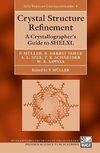


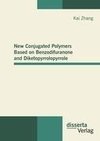

 Nemecký jazyk
Nemecký jazyk 


